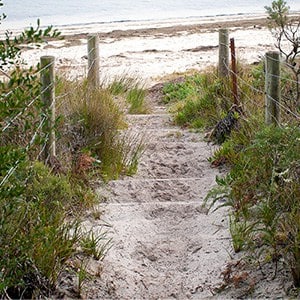There are many ways to record nature. Some of us make a record for our own reflection, e.g. through a nature journal. Some of us have many, many photos of the plants and animals we encounter on our adventures sitting in albums or on our computers. But did you know you can also turn your observations into useful data for researchers and managers?
The following are just a few examples of great online resources for recording nature as a citizen scientist.
iNaturalist
iNaturalist is an online community platform where you can upload your nature observations and contribute to biodiversity science. You can submit your observations (e.g. photos, sound recordings) either as general data points, as part of a specific project (did we mention our ReefWatch program has its own Marine Life of Victoria project for you to join?), or in a BioBlitz-style challenge over a short time period.
iNaturalist also has a mobile app that is great for when you’re out in the field- you can upload your images as you go.
Visit iNaturalist
Atlas of Living Australia
The Atlas of Living Australia (ALA) is an Aussie biodiversity database designed to make it easier for anyone to access biodiversity information from museums, herbariums, government departments, research institutions, Indigenous knowledge holders, community groups, universities, and individuals. You can search the Australian Citizen Science Association’s Project Finder on the Atlas to see if there’s a citizen science project where your observations can be put to good use, or perhaps you can even create your own project!
Visit the Project Finder on ALA
Birdata
Birdata is BirdLife Australia’s new portal for birdwatchers to upload their sightings as surveys. There are a few different types of surveys you can conduct and your data may be useful to more than one conservation program- learn more about joining Birdata and how to contribute here.
Visit Birdata



